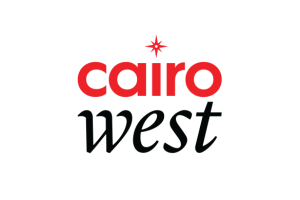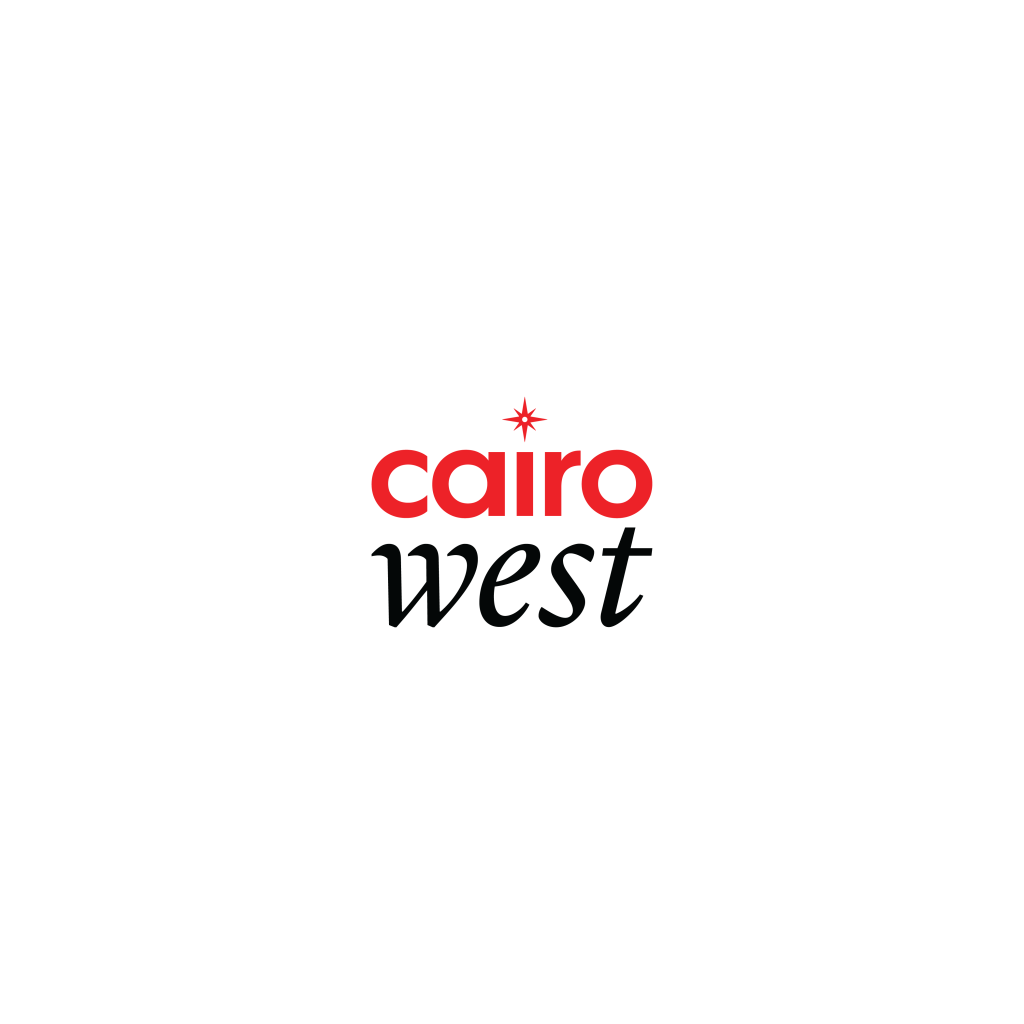Prominent Egyptologist and AUC Press author Salima Ikram watched the historic live broadcast of “The Pharaohs’ Golden Parade” that took place in the Egyptian capital on last month. Twenty-two mummies were transported from the Egyptian Museum in Tahrir Square to the new National Museum of Egyptian Civilization, in Fustat, Old Cairo.
Ikram is the author of several books, including Death and Burial in Ancient Egypt (AUC Press, 2015, paperback edition) and Ancient Egypt: An Introduction (AUC Press, 2011), and edited Divine Creatures: Animal Mummies in Ancient Egypt (AUC Press, 2015).
As the world’s leading expert on animal mummies, published author and Egyptologist, Ikram was quite sought after by the media for this event.
How important are the mummies that were moved during the Golden Parade?
These are among the most significant royal leaders of the New Kingdom and of course unique examples of royal mummification of that time.
Is the new Fustat Museum a better home for the mummies?
The National Museum of Egyptian Civilization had a section expressly constructed to house the royal mummies in underground chambers with more space to show each mummy together with coffins and grave goods as well as didactic materials.
The conservation labs were also built and equipped with mummy conservation in mind.
Do you have a favorite among the pharaohs that were moved — Ramesses II, Hatshepsut?
Each one is appealing, Ramesses because of his exotic trip to Paris and the care with which the embalmers reconstructed his nose. Also, Ahmose Nefertary, as she was a founding member of the Eighteenth Dynasty, Ramesses III because we have evidence of his murder, and Seti I as he is the best looking mummy going!
Why were they not transferred to the Grand Egyptian Museum instead of the National Museum of Egyptian Civilization?
The NMEC was made to house the mummies, and also, it is an economic decision: Fustat for the mummies, the Grand Egyptian Museum for King Tutankhamun, and the Egyptian Museum for Great Iconic Works of Art. Three museums for more tourist revenue.
How complicated is it to move mummies and why transport them in special nitrogen-filled boxes?
The nitrogen provides an environment where the mummies will not be prey to bacterial and other infestation; it keeps them stable in the type of environment in which they have been displayed.
It is complicated to move mummies, but these ones have moved a lot: within Luxor, from Luxor to Cairo, and within Cairo at least four times!
Being an expert on mummification, how were you consulted by the Ministry of Antiquities?
I was consulted on the intellectual content, while the transport was the purview of conservators.
What element of the Golden Parade impressed you the most?
I was delighted by the chariot.





